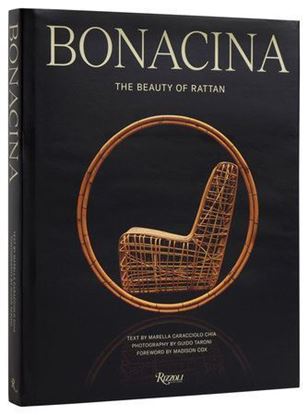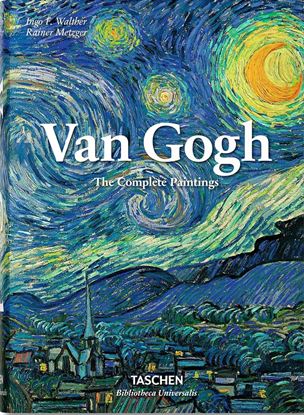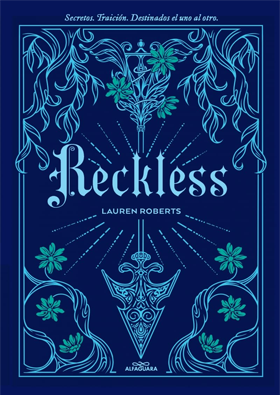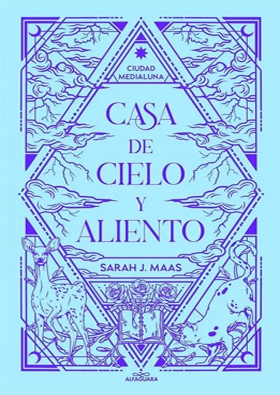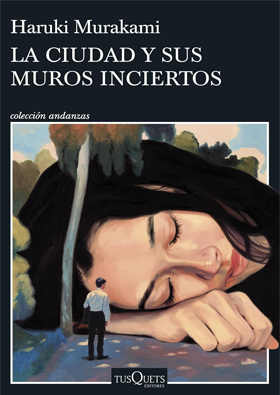

NICOLE HOLLIS: ARTISTRY OF HOME
Focusing on the profound effect that art, craft, and color can play in any interior, this book presents Hollis’s masterful new residential projects, in which the curation of art, objects, and custom furnishings are key to the character of the spaces.
4,500
FORNASETTI. MEMORIES OF THE FUTURE
The imaginative universe of Piero Fornasetti, an iconic figure of Italy’s economic boom, and the creative continuity of his son Barnaba.
Piero Fornasetti started his business in the immediate postwar period, when in 1947—encouraged by Gio Ponti, who first sensed his talent—he presented ceramics at the eighth Milan Triennale. In the early 1950s, together with Ponti, he created the furnishings for the great Italian transatlantic liners, a fruitful collaboration that would give him great visibility. Piero Fornasetti quickly expanded production with furniture, furnishings and accessories, household objects, and fabrics, becoming an iconic designer in Italy as the country was reborn, rebuilt, and transformed after the war in the years of the economic boom. Some of Fornasetti’s furniture—the trumeau, the desk, the chest of drawers—have fully entered the history of twentieth-century Italian design.
5,300
COMO COMBINAR COLORES
A través de sencillas fichas, el diseñador gráfico y profesor de diseño japonés Haruyoshi Nagumo nos proporciona todo lo necesario para comprender cada color ―características, historia, significados y usos―, entender cómo se comporta con otros colores y aprender a crear esquemas cromáticos que provoquen los efectos y sensaciones que buscamos en cada uno de nuestros proyectos. Una valiosa guía de color para escoger, usar y combinar colores básicos, acromáticos, dorados, plateados y fluorescentes.
1,950
COMING HOME
A celebration of the innovative, artisanal, and sustainable living exemplified by contemporary Dutch interiors.
With a carefully curated collection of interiors, including historic canal houses, restored farms, and green homes, belonging to interior designers, product designers, architects, and artists, this book showcases creative and resourceful living. These properties have been created or renovated and brought into the twenty-first century with typical Dutch style and sensibility—environmentally friendly, imaginative uses of space filled with color and charm and never to be taken too seriously.
1,400
BONACINA. THE BEAUTY OF RATTAN
Emblematic of Italian excellence since its founding in 1889, Bonacina is a family-owned design brand that has defined a unique and timeless style, embodying an artistic sensibility, attention to detail, and the superior workmanship of rattan—a natural raw material that grows in the Far East. The story begins in remote lands where the natural material grows before traveling to Italy and then, in the hands of some of the best interior designers, to stylish residences, gardens, hotels, and restaurants around the world.
5,300
BERTHE WEILL
This book and the accompanying traveling exhibition survey the groundbreaking career of Berthe Weill (1865–1951), the first female modern art dealer. She championed many fledgling masters of modern art from early in their careers—including Pablo Picasso, Henri Matisse, and Amedeo Modigliani—as well as numerous other talented artists. Examining Weill’s contributions to the history of modernism as a gallerist, a passionate advocate of contemporary art, and a Jew, this book brings to light the remarkable achievements of a singular figure who overcame sexism and anti-Semitism in her quest to promote emerging artists.
3,200
LICHTENSTEIN REMEMBERED
Lichtenstein Remembered accompanies a 2023 exhibition, curated by Irving Blum on the centennial of the artist’s birth, of twenty-two sculptures and twenty-eight works on paper at Gagosian New York. The sculptures, of some of Lichtenstein’s most iconic images—including explosions, mobiles, mirrors, lamps, glasses, and profiles—were made between 1965 and 1996, spanning all periods of his career. They are shown together with the drawings, studies, sketches, and collages created in preparation for and alongside them, testifying to the remarkable depth and medium-subverting wit of Lichtenstein’s practice.
6,995
VAN GOGH (BIBLIOTHECA UNIVERSALIS EDIT)
Vincent van Gogh’s story is one of the most tragic in art history. Today, he is celebrated the world over as one of the most important painters of all time, recognized with sell-out shows, feted museums, and record prices of tens of millions of dollars at auction.
1,750
FRANK LLOYD WRIGHT 40TH ED. (GB)
A building by Frank Lloyd Wright (1867–1959) is at once unmistakably individual and evocative of an entire era. Notable for their exceptional harmony with their environment, as well as for their use of steel and glass to revolutionize the interface of indoor and outdoor, Wright’s designs helped announce the age of modernity, as much as they secured his place in the annals of architectural genius.
2,200
PROUVE (BASIC ART EDITION)
French-born Jean Prouvé (1901–1984) was the 20th century’s leading construction designer, a self-declared constructeur and member of the jury who oversaw the design of the Centre Pompidou in Paris. As a designer, he captured the midcentury spirit of innovation, expansion, and growth, developing techniques that united simple, striking aesthetics with practical, cost-effective materials and assembly.From vast, temporary exhibition marquees to handheld letter openers, modular building systems to interior lighting, Prouvé’s designs efficiently fitted their function with minimal fuss and understated elegance. Feted by designers, architects, and engineers the world over, Prouvé has left a rich and inspirational legacy, which resonates perfectly with the approach of this compact volume, neatly summarizing his life and works.
1,350





